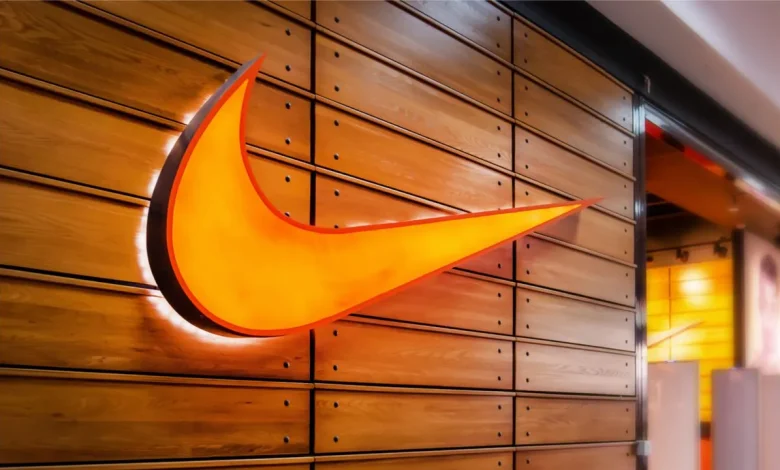Nike to Increase Product Prices from June 1

Nike has announced that it will raise the prices of certain products beginning June 1, with the adjustments affecting both footwear and apparel.
The company said the decision is part of its routine “seasonal planning” and did not reference U.S. President Donald Trump’s trade tariffs, which have disrupted global commerce in recent months.
As part of the changes, Nike will also resume selling its products directly on Amazon in the U.S. for the first time since 2019. The move marks a significant shift in the brand’s distribution strategy.
Rival sportswear brand Adidas recently cautioned that tariffs introduced under Trump’s administration would drive up the cost of popular sneakers like the Gazelle and Samba in the U.S.
Starting Sunday, Nike shoes currently priced over $100 will see price increases of up to $10. The cost of clothing and equipment will also rise by $2 to $10. However, some products will remain unaffected, including the widely loved Air Force 1 sneakers, footwear under $100, children’s items, and Jordan-brand apparel and accessories.
A source close to the company indicated that the decision was influenced by both internal evaluations and external market conditions. “We regularly evaluate our business and make pricing adjustments as part of our seasonal planning,” a Nike spokesperson explained.
Global businesses are grappling with the unpredictability of U.S. trade policies. While several harsh tariffs announced in early April were temporarily paused to allow international negotiations, the 90-day delay is expected to end in early July.
UK-based JD Sports also noted that potential price hikes in the U.S. due to these tariffs could affect customer buying behavior.
Nike manufactures the majority of its shoes in Asia—specifically Vietnam, Indonesia, and China—which have been among the hardest hit by the U.S. tariffs, facing import duties ranging from 32% to 54%.
In another development, Nike confirmed it will return to Amazon’s marketplace after a six-year break. The company had previously pulled out to focus on its own website and physical retail stores.
Despite being a global brand, Nike heavily relies on its North American market, with the U.S. accounting for a major portion of its revenue. However, a recent dip in sales has challenged Nike’s ability to maintain premium pricing on its products.










